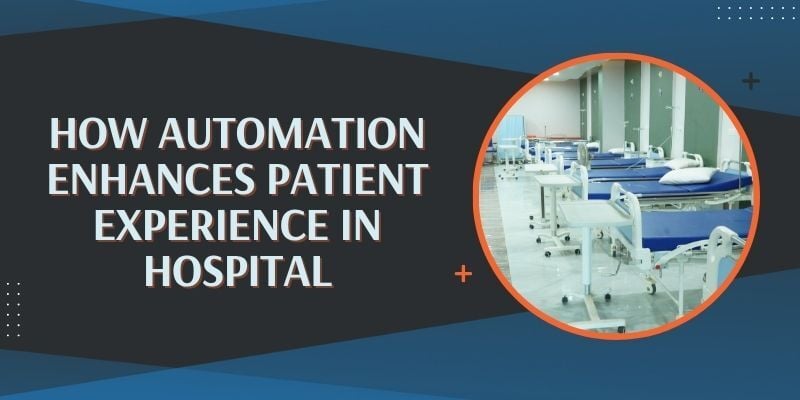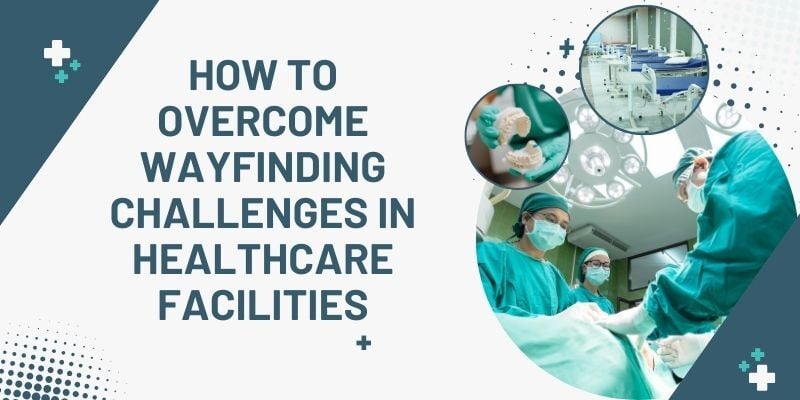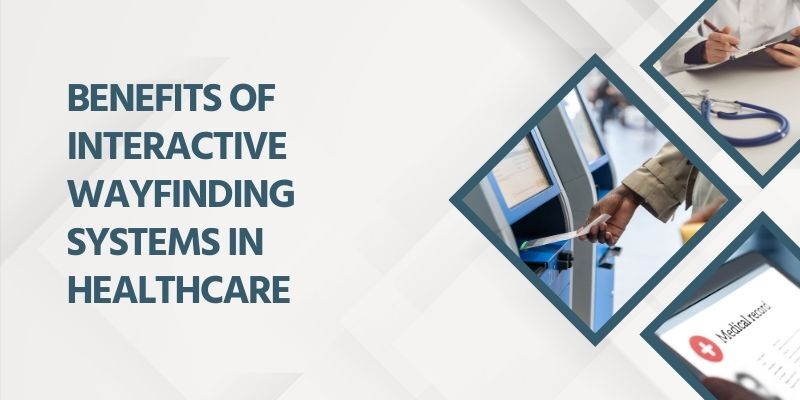In the healthcare sector, few sights are as distressing as the long queues of patients waiting outside hospitals. Often stretching for hours, these lines symbolize a systemic challenge that impacts both patients and healthcare providers. Addressing this issue is crucial for several reasons.
First and foremost, prolonged waiting times can have detrimental effects on patient health. Delayed access to medical care can exacerbate existing conditions and potentially lead to more severe health problems.
Moreover, it can also deter individuals from seeking timely medical attention, potentially resulting in preventable complications.
From a healthcare provider’s perspective, long patient queues strain resources, disrupt schedules, and create a stressful environment for staff and patients. Inefficiencies in the waiting process can hinder the overall quality of care provided.
In this article, we will dive into the key 8 reasons why hospital queues are so long. By understanding the root causes, we aim to highlight a critical aspect of healthcare access that demands attention and improvement.
8 Causes of Long Waiting Time in Hospitals

Acknowledging the challenges before exploring the factors for hospital long wait times is vital. Hospitals play a crucial role in healthcare, but long wait times affect the patient’s experience.
The following will uncover why these lines persist, discussing capacity issues and administrative processes. By understanding these reasons, we aim to improve healthcare access and enhance the patient’s journey.
- Insufficient Healthcare Resources
- High Patient Demand
- Complex Administrative Processes
- Geographic Disparities
- Limited Operating Hours
- Technological Challenges
- Cultural And Socioeconomic Factors
- Triage Prioritization
1. Insufficient Healthcare Resources
Insufficient healthcare resources constitute a significant factor behind the long lines outside hospitals. Hospitals often face shortages in staff, equipment, and bed capacity.
This scarcity can lead to prolonged wait times as healthcare providers struggle to accommodate the influx of patients. Inadequate resources affect the speed of care and quality, making it a fundamental issue that needs addressing in the healthcare system.
2. High Patient Demand
High patient demand is another key reason for the long lines outside hospitals. A surge in patients, especially during peak seasons or public health crises, can overwhelm healthcare facilities.
This surge, coupled with limited resources, results in extended wait times as hospitals promptly strive to meet all patients’ needs.
3. Complex Administrative Processes
Complex administrative processes within hospitals can add to the delay in patient care. Registration, insurance verification, and other bureaucratic procedures can be time-consuming.
Streamlining these processes via a queue management system is essential to reduce wait times and improve the overall patient experience.
4. Geographic Disparities
Geographic disparities in healthcare access contribute to extended wait times, particularly in underserved areas. Patients from remote or disadvantaged regions may have to travel long distances to reach a hospital, leading to longer waiting periods.
Addressing these disparities and ensuring equitable access to healthcare services is crucial for reducing waiting lines and improving healthcare outcomes.
5. Limited Operating Hours
Limited operating hours of healthcare facilities are one of the reasons why hospitals have long lines. Many hospitals have restricted operational schedules, which can result in overcrowding during their opening hours.
This constraint may lead patients to queue for extended periods, especially when seeking non-emergency care. Expanding operating hours or introducing a patient queue management system with flexible cloud appointments and scheduling can help alleviate these long lines, enhancing the overall patient experience.

6. Technological Challenges
Among the reasons why hospital queues are so long, technological challenges play a significant role. Outdated or inefficient technology systems within healthcare facilities can slow down processes from appointment scheduling to patient check-in.
This can lead to longer wait times and frustrated patients. Embracing modern, user-friendly technology solutions like ticket dispensers and linear queueing can streamline administrative tasks and improve the overall patient experience, ultimately reducing the need for patients to wait in long lines outside hospitals.
7. Cultural and Socioeconomic Factors
Cultural and socioeconomic factors are integral factors for hospital long wait times. Diverse cultural beliefs and economic backgrounds can influence healthcare-seeking behaviors, leading to varying levels of demand for hospital services.
Additionally, disparities in healthcare access related to income, education, and cultural norms can contribute to overcrowding in some healthcare facilities. Recognizing and addressing these cultural and socioeconomic factors is crucial for reducing long wait times and ensuring equitable access to healthcare services.
8. Triage Prioritization
Triage prioritization is a critical aspect of healthcare that directly impacts the length of patient wait times outside hospitals. Triage involves assessing the severity of patients’ conditions and assigning priority levels for treatment.
Delays can occur when triage systems are overwhelmed or inefficient, leading to patients with less urgent needs waiting longer than necessary.
Efficient triage protocols and well-trained staff are essential to ensure that patients receive timely care based on the urgency of their medical conditions, ultimately reducing waiting times outside hospitals.
Why hospital queues are so long – FAQS
1. Why do hospitals have long wait lines?
Hospitals often have long waiting lines due to factors like high patient demand, insufficient resources, complex administrative processes, and limited operating hours.
2. How can hospitals reduce waiting times for patients?
Hospitals can reduce waiting times by improving resource allocation, streamlining administrative processes, extending operating hours, and implementing efficient triage systems.
3. What can patients do to minimize their wait times at hospitals?
Patients can reduce wait times by scheduling appointments, arriving on time, having necessary documentation ready, and seeking non-emergency care during off-peak hours.
4. How do cultural and socioeconomic factors affect hospital wait times?
Cultural and socioeconomic factors influence healthcare-seeking behaviors and access, contributing to varying demand and potentially longer wait times in some healthcare facilities. Addressing these disparities is crucial for reducing wait times.
Final Words
In examining the reasons why patients wait in lines outside hospitals, it becomes evident that this issue is a complex interaction of multiple factors within our healthcare system.
From insufficient resources to high patient demand, from complex administrative processes to geographic disparities, these challenges collectively contribute to the extended wait times that patients often endure.
The consequences of long hospital waiting lines extend beyond inconvenience. Prolonged waiting can result in delayed access to critical medical care, exacerbating health conditions and sometimes leading to preventable complications.
It can also deter individuals from seeking timely treatment, posing risks to public health.
Efforts to alleviate this issue require a multi-pronged approach. Hospitals must invest in expanding resources, improving administrative efficiency, and adopting modern technology to streamline processes.
Equitable healthcare access should be a priority, addressing geographic disparities and socioeconomic factors.
In conclusion, recognizing the reasons behind why hospital queues are so long is the first step toward finding solutions, such as implementing a clinic queue system.
By addressing these root causes, healthcare systems can enhance the patient’s experience, ensure timely care, and ultimately build a more resilient and accessible healthcare infrastructure for all.
BOOK A FREE DEMO






